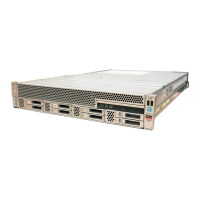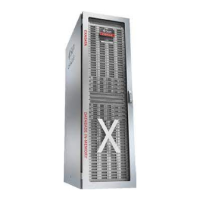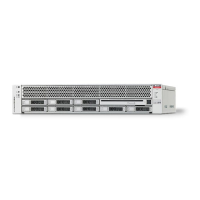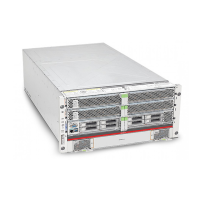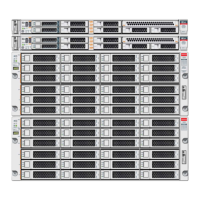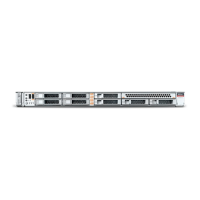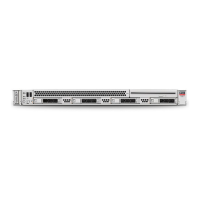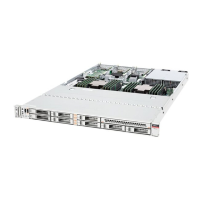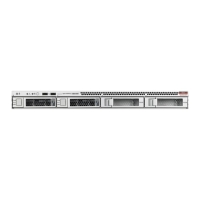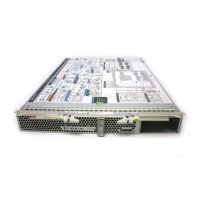The drive is physically addressed according to the slot in which it is installed. It is
important to install a replacement drive in the same slot as the drive that you removed.
4. Slide the drive into the slot until the drive is fully seated.
5. Close the drive latch to lock the drive in place.
6. Perform administrative procedures to reconfigure the drive.
The procedures that you perform at this point depend on how your data is configured.
You might need to partition the drive, create file systems, load data from backups, or
have the drive updated from a RAID configuration.
Removing and Replacing Storage Drives Using an OS
The following sections describe how to remove and replace an HDD or SSD storage drive
using supported Operating Systems.
Removing and Replacing an NVMe Storage Drive Using Oracle Linux
The following sections describe how to remove and replace an NVMe storage drive on a
server that is running the Oracle Linux operating system.
Unmount an NVMe Storage Drive
1. Log in to Oracle Linux that is running on the server.
2. Remove the NVMe storage device path.
a. To find the PCIe addresses (Bus Device Function), type:
# find /sys/devices |egrep 'nvme[0-9][0-9]'
This command returns output similar to the following example, with the PCIe
addresses in bold text:
/sys/devices/pci0000:d7/0000:d7:02.0/0000:e3:00.0/0000:e4:07.0/0000:e8:00.0/
nvme/nvme10
/sys/devices/pci0000:d7/0000:d7:02.0/0000:e3:00.0/0000:e4:07.0/0000:e8:00.0/
nvme/nvme10/uevent
Chapter 4
Removing and Replacing Storage Drives Using an OS
4-5
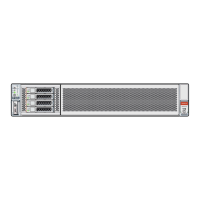
